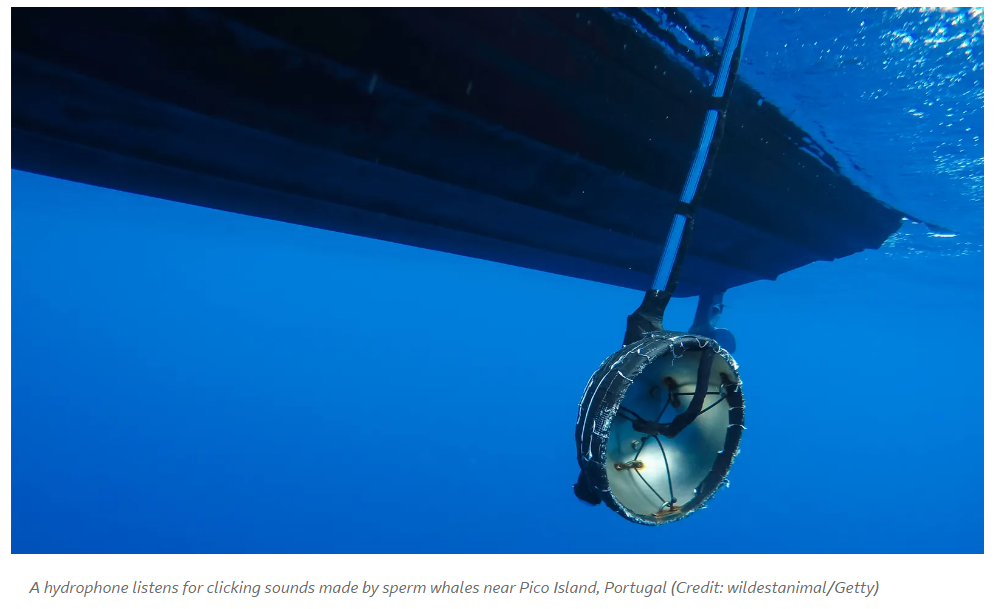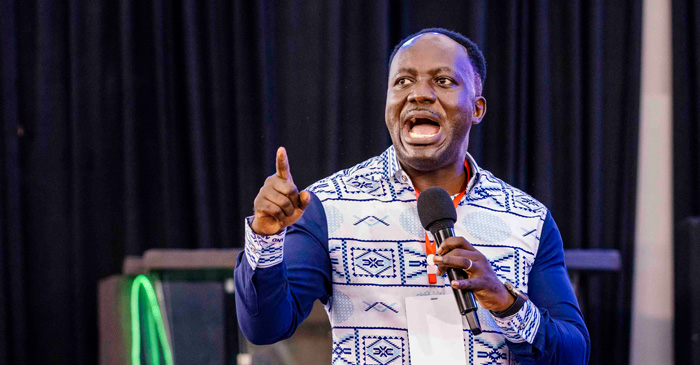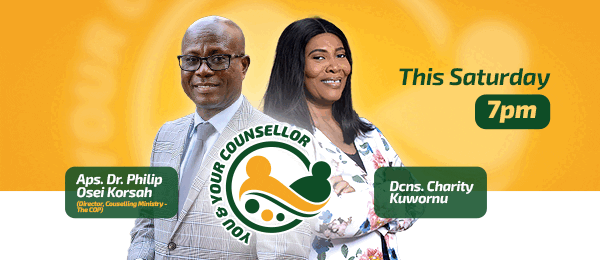
Researchers are uncovering just how large the impact of man-made noise is on ocean life. But there are some surprisingly simple ways we could tackle this overlooked pollution problem.
In the aftermath of the terrorist attacks on 11 September 2001, a great lull fell over North America, above and below the water.
Understandably, fewer people were traveling by air. But ship traffic was also significantly reduced, even as far north as the Bay of Fundy in Canada. As a result, underwater noise in the bay dropped by an incredible six decibels to below 150 Hz – equivalent to a soft rain or cat’s purr.
The area is frequented by North Atlantic right whales, so scientists at Duke University decided to see if the quieter waters had any impact on the giant mammals. Sure enough, after analysing their feacal matter for stress hormones, they found the lower human-caused ocean noise was leading to lower stress levels.
Marine animals like whales use sound to do everything from communicate and travel to look for food and find safe environments. “Sound travels faster and further in water than in air, and marine animals take advantage of it,” says Lucille Chapuis, a sensory ecologist at the University of Exeter.
Over the past 50 years, increased shipping has contributed to a 30-fold increase in the low-frequency noise present along major shipping routes – Lucille Chapuis
But this also means that when there’s a near-constant hum of underwater noise pollution from things like boat traffic, it can severely impact their way of life. “Over the past 50 years, increased shipping has contributed to a 30-fold increase in the low-frequency noise present along major shipping routes,” says Chapuis.
Imagine your upstairs neighbour was having work done on their apartment and you had an important work presentation to give over a video call. You’d find it quite difficult to hear and communicate with your colleagues and do a proper job. That’s what marine animals who live or migrate near anthropogenic noise endure most of the time.
For decades now, scientists around the world have been studying just how impactful this noise can be on marine animals. Now, they are beginning to identify the measures that, if widely adopted, could save many species from the impacts of this overlooked form of pollution.
A resonant problem
Anthropogenic ocean noise comes from a huge variety of sources, from military sonar and aircraft landings, to the construction of offshore wind farms and seismic surveys used to explore for oil and gas. But the most common source is boats, specifically from their propellers.
When propellers, especially older ones, turn at high speeds, they can create a drop in pressure on the reverse side on the backside of the propeller that results in a lot of bubbles, and low-frequency noise – an effect called cavitation. Cavitation also makes boats less efficient because the propeller is expending a lot of energy, some of which isn’t helping to push the boat forward.
This low-frequency sound has a long range, so it can disrupt marine animal communication across a wide area. Bottlenose dolphins, for example, use all sorts of sounds to communicate with each other, some detectable by other dolphins over 20km (12 miles) away, and are often impacted.

“We [have] found that dolphins adjust their calls when it is noisy underwater, most likely so they can be heard better by other dolphins,” explains Helen Bailey, research professor at the University of Maryland’s Center for Environmental Science. “This is similar to when we shout louder when we are talking in a noisier bar.”
By “adjust” she means simplify, as anyone might do to try to relay a message when there’s a lot of ambient noise. In a 2018 study on the subject led by Bailey, the researchers recorded underwater noise caused mainly by boat traffic in the western North Atlantic up to 130 decibels, on par with a busy highway. If dolphins are regularly trying to communicate with such interference, it’s safe to assume a lot gets lost in translation.
I think sound is as important to whales as all of our senses put together. [T]hey can feel it vibrating throughout their whole body – Rob Williams
Chronic, low-frequency sound also impacts the ability of young fish to find home. Juvenile fish use sound to suss out their ideal marine ecosystem. They listen for a diverse soundscape, which indicates that there’s abundant resources for lots of different life. When anthropogenic sounds block these natural soundscapes, they may end up in inhospitable environments. (Sadly, at the same time, mass bleaching events are killing off fragile coral reef systems, leaving less life to make sounds there and attract the juvenile fish – a negative feedback loop which accelerates the die-off of the reefs.)
Noise pollution is an especially big problem for whales, who regularly use sound to touch base with each other. One 2012 study of blue whales found the mid-range sound from ships’ sonar overlaps with their calls to each other, forcing them to repeat themselves as if they were losing connection on a mobile phone.
“[I]t literally shrinks the whales’ world,” says Rob Williams, marine biologist and founder of Oceans Initiative, a non-profit working to protect marine life. Williams believes anthropogenic ocean noise is just as much a threat to whales as deforestation is to grizzly bears – it fundamentally impacts every aspect of their way of life. “I think sound is as important to whales as all of our senses put together,” he says. “[T]hey can feel it vibrating throughout their whole body.”

Anthropogenic noise affects other prey fish in different ways. A 2016 study found damselfish don’t hear their predators approaching as well when motorboat noise is present – making them more susceptible to being eaten. In fact, more than twice as many fish were eaten when motorboats were passing than when they weren’t, which suggests anthropogenic sound is directly linked to an increase in fish mortality.
It’s difficult to assess exactly how detrimental anthropogenic noise is to all ocean wildlife since it appears to impact some species more than others. Most studies on the subject, however, suggest that the auditory interference inhibits marine animals’ abilities to hear and react to biological sounds, which in turn decreases their ability to survive. And, in the case of critically endangered species, like the southern resident killer whale, experts like Williams believe such an impediment could ultimately put the species on a fast track to extinction.
An easy win?
The flip side of the ocean noise problem is that it is one of the few human-fuelled pollution sources that has several relatively straightforward solutions.
Sound emanating from ships is by far the most common culprit, so conservationists believe it should be addressed first. One of the easiest ways to do that is to simply get ship and boat traffic to slow down when moving through areas rich in marine life – a strategy which could also help to cut carbon emissions from ships. Major ports in the US Pacific Northwest and Vancouver have already enacted slow-down programs, and a recent study found that the effort is making a significant difference.
“Something as simple as slowing down a few knots makes a major drop in the noise level. And we’ve just shown that it not only drops the noise level, but when ships slow down, the killer whales are feeding more,” says Williams.
You might also like:
- The forest tended by an elusive giant
- Should we give up flying for the sake of the climate?
- The Caribbean mangrove forest that defied destruction
Unlike other conservation efforts, which can require years of development, noise-reduction programs like these are relatively low-lift. And their impact can be felt right away. “We don’t have to wait decades to fix this,” says Williams. “What’s beautiful about working on ocean noise is that if we reduce the source, [the benefits] take effect immediately.”
Moving ship lanes away from areas populated by sensitive species like killer whales could also be beneficial, Williams adds. But in order for noise abatement endeavours to have a widespread effect on marine life, they will have to be backed by sweeping public policy.
And while slowing ships down is a good start, scientists agree ships ultimately need to be built and retrofitted with noise abatement in mind. A first step in that direction could be changing ship building requirements so the parts that make the most noise, like the engine and propeller, are designed to be quieter.
“The Navy and others have learned how to do this, but it has not [yet] been required for commercial vessels,” says Hildebrand.

The International Maritime Organization has also made building quieter ships part of its mission, and in 2014 outlined simple guidelines for engineers and manufacturers to follow. That said, NGOs such as the World Wide Fund for Nature (WWF) have noted the voluntary guidelines put out by the IMO have been largely ineffective at curbing anthropogenic ocean noise, and are calling for mandatory limitations. Natasha Brown, an IMO spokesperson, says the IMO’s guidelines are currently under review, providing an opportunity for member states and NGOs to submit proposals for further work and action on underwater noise. “For mandatory measures, this would need to come from a proposal from an [IMO] member state or states,” she adds.
Retrofitting ships would also help to reduce ocean noise. This tends to be more expensive than adjusting designs and parts for new ships, but it could be worth it if only the most problematic ships are targeted. One of Williams’ studies on noise emanating from a fleet of 1,500 ships found 50% of the noise was coming from only 15% of the vessels. So retrofitting just those ships with new, noise-reducing propellers would make a significant difference in the fleet’s overall sound impact.
Creating a financial incentive for private companies to build, buy and operate quieter ships could be another useful approach. Design adjustments already on the market, such as propellers which reduce cavitation, can also make ships more efficient and reduce carbon emissions, says Williams. For companies looking to go greener, that added benefit may be what tips the scales.
Quietening a noisy landscape
While boat noise is the most common form of anthropogenic ocean noise, other sources also create problems.
The construction and operation of offshore wind farms is among them. Many major structures offshore are built using pile drivers, which can cause sudden bursts or pulses of loud underwater sound.
Louder or higher frequency sounds like these may do more immediate damage to nearby marine life than the more chronic, lower-frequency sounds, says John Hildebrand, a professor of oceanography at the University of California. “At high intensities it may be that the noise creates physiological damage,” he says.
One way to reduce this noise is to create a bubble curtain around the sites. It’s just as it sounds, “a series of bubbles that form almost a wall and block some of the sound being emitted from a source,” explains Bailey.
However, Chapuis notes that the operation of the wind farms also produces “a constant, low frequency sound, which can represent a chronic source of noise, even if the levels are not that high”. Some researchers argue this noise should be addressed in the planning of where wind turbines are placed, as well as in the environmental impact assessments of individual projects.
Aircraft can also produce significant underwater noise, especially when they regularly take off and land at airports near bodies of water. Moving runways further away from areas that are home to sensitive marine life could help curb the problem.
As long as humans are around, the noises they bring with them will likely remain a part of ocean soundscapes
Military sonar is another source of anthropogenic ocean noise that can sound so similar to whale calls that it confuses them, leading them to lose their sense of direction – thought to be one reason why whales end up stranded on beaches. One potential solution is for the military to reduce the need for sonar by instead eavesdropping on natural sounds from marine animals as a way of detecting underwater threats.
Underwater mining for fuels like oil and gas can also produce bursts of ocean noise. Sometimes, excavation teams set off large explosions, or use seismic air guns in sharp bursts from a ship above to push through the ocean floor.
Hildebrand argues that restrictions are needed for such noise exposure of marine animals, “in much the same way that OSHA [the US Occupational Safety and Health Administration] limits human exposure to high levels of noise”. Restrictions could include decibel limitations at certain points in bodies of water where vulnerable marine habitats exist, regulated by environmental government agencies like the Environmental Protection Agency (EPA) in the US.
These agencies could also provide guides for different industries to reduce their sound emissions. Seismic survey noise, for example, can be tempered by releasing the air in more continuous, lower frequency pushes over longer periods of time – a process called marine vibroseis.

Focusing on one source of ocean sound pollution or one impacted species at a time won’t make much of a difference on a global scale. But considering the overarching environmental impact, followed by the creation of a multipronged plan of action, might. In order to best assess what progress is being made and where work still needs to be done, monitoring soundscapes around the world must be part of that plan.
Hildebrand has called for a long-term, global ocean noise monitoring system that’s accessible to anyone anywhere. Not only would researchers be able to better track changes this way, activists or politicians looking to push for policy change could also easily refer to real-time problem areas.

Ocean soundscape research is still a relatively new field, but scientists within it are always looking for ways to get more data, and better, more affordable listening technology. “We’ve developed this acoustic prospecting toolkit where we can just give someone a $1,000 (£815) Pelican case [a durable, waterproof case for sensitive items] and they can go and do spot recordings in some remote parts of the world,” says Williams.
Chapuis says scientists are also actively encouraging the development of low-cost, underwater recorders so that more research can be done, and more people can discover “the fascinating sounds which can be heard underwater”.
As long as humans are around, the noises they bring with them will likely remain a part of ocean soundscapes. But like any other type of harmful pollution, ocean noise needs to be regulated in a meaningful way if we are to keep marine animals’ sound-driven worlds from shrinking away.
BBC














